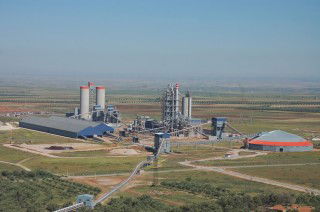With a newly-elected President, strong housing demand and infrastructure investment flowing in from China, Pakistan is at the gateway to a new beginning. The cement sector is thriving, rapidly adding new capacity and enjoying stellar demand growth. However, the continuing pace of investment could risk oversupply if demand expectations are not met.
Imran Khan was elected as Pakistan’s new Prime Minister in August 2018, having led his campaign on claims of mismanagement and corruption by the outgoing government. His immediate concern was to balance government payments to avert a financial crisis. In October 2018 the Pakistani rupee plunged by about seven per cent, taking rupee losses to some 26 per cent since December 2017. There is a dollar shortage in the country and the budget deficit is expected to hit 1.45 per cent of GDP or over US$4.19bn, according to the Express Tribune. While Saudi Arabia has already provided a US$6bn aid package, Pakistan’s Finance Minister, Asad Umar, confirmed that the country was earlier facing a shortfall of US$12bn for the current fiscal year 2018-19. Its foreign reserves have also shrunk to US$8bn. As China is tightening its financial belt with the potential for a full trade war with the USA, funds may only be available for Pakistan via another bail-out from the International Monetary Fund (IMF), following the US$6.7bn loaned in 2013.
